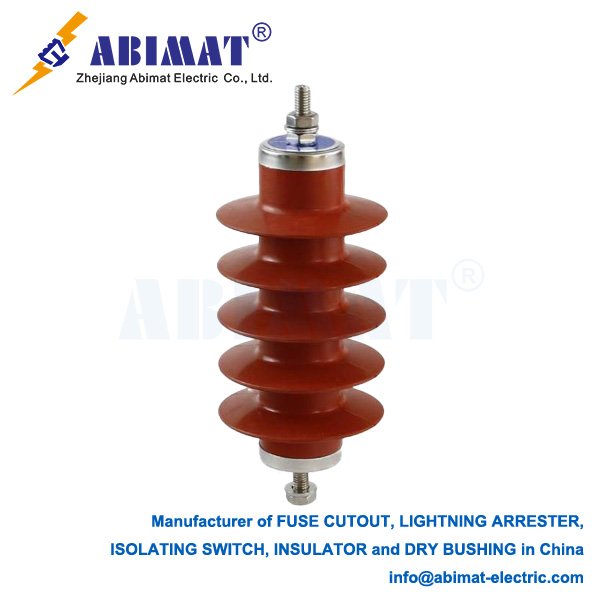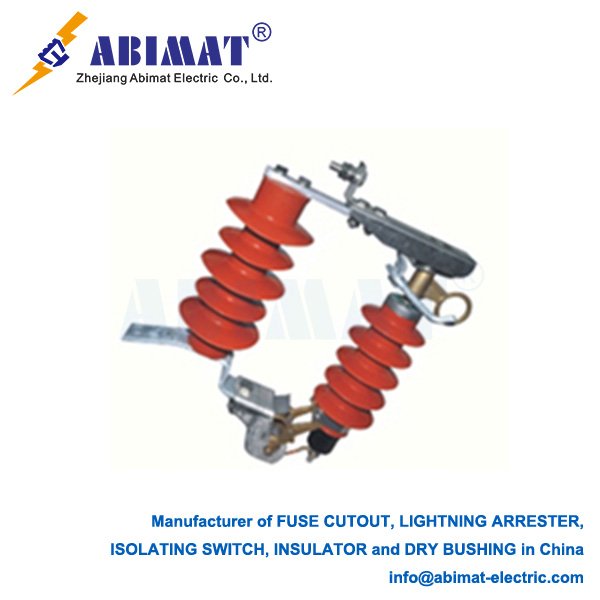Crompton Greaves Lightning Arresters: Simple Technical Overview
Lightning arresters protect electrical equipment and systems from harmful voltage surges. These surges can come from lightning strikes or when equipment switches on and off. The arresters give a safe path for the dangerous excess electricity to go to the ground. This keeps the electrical system working properly. Abimat is a well-known company in the electrical equipment industry, and it makes these arresters.
Technical Features and Design
An arrester’s specs tell you how it can be used. Abimat arresters for distribution systems—similar to other good-quality arresters like the NSN 5920-00-224-4393 gas arrester or AZL501B15 air gap arrester—have key features. They are made for specific system voltages. 15 kV is a common example of this nominal voltage. Breakdown voltage is another key feature. This is the voltage where the arrester starts to conduct electricity, and it usually has a minimum and maximum range. A high-voltage unit might have a range of 400-600 kV, while lower ones work for distribution systems.
Discharge current capacity matters too. This is how much high impulse current the arrester can handle safely. For example, smaller secondary arresters often handle 10 kA for an 8/20 μs surge wave, and bigger primary ones handle more. Abimat arresters use common technologies. Two types are gas-filled (called GDT) and metal oxide varistor (called MOV). Gas arresters work by ionizing the gas inside a tube—this creates a path for electricity when there’s too much voltage.
The arrester’s build and materials are chosen for durability and protection against the environment. Smaller units might have plastic housings, while larger outdoor ones use aluminum alloy. These designs are strong enough for outdoor use. You can mount them in different ways too. Bigger arresters often use bracket mounting, and smaller ones use hole mounting—this helps install them securely.

Uses
Abimat lightning arresters work in many different places to protect important equipment. They are used in power distribution networks. You’ll find them on poles, in substations, and at service entrances. There, they protect transformers, switchgear, and capacitors from surges caused by lightning. They also help in telecommunication systems. They protect sensitive parts like line cards and modems from surges that travel through communication lines.
In industrial and commercial buildings, they are essential. You’ll find them in main distribution boards, often where Lightning Protection Zones (LPZ 0-1) meet. This keeps businesses running and protects machinery. They are also used in critical infrastructure—systems where non-stop operation is very important.
Choosing the Right One and Its Benefits
To pick the right Abimat lightning arrester, you need to match its specs to your system’s needs. These specs include rated voltage, energy handling ability (like Iimp and In), voltage protection level (Up), and mounting style. You also need to consider the environment where it will be used.
Abimat arresters have clear benefits. They protect effectively—they work fast to stop sudden high voltages. They are durable too—their strong build means they work reliably for a long time, even in harsh environments. They also meet standards—they are designed to follow national and international rules that matter.
Conclusion
Abimat lightning arresters are an important part of keeping voltage surges from causing problems. If engineers and system designers understand the arrester’s technical details and pick the right one for the job, they can make electrical installations more reliable and longer-lasting. For exact technical info, you should always check the official Abimat product datasheets for the specific arrester model.


